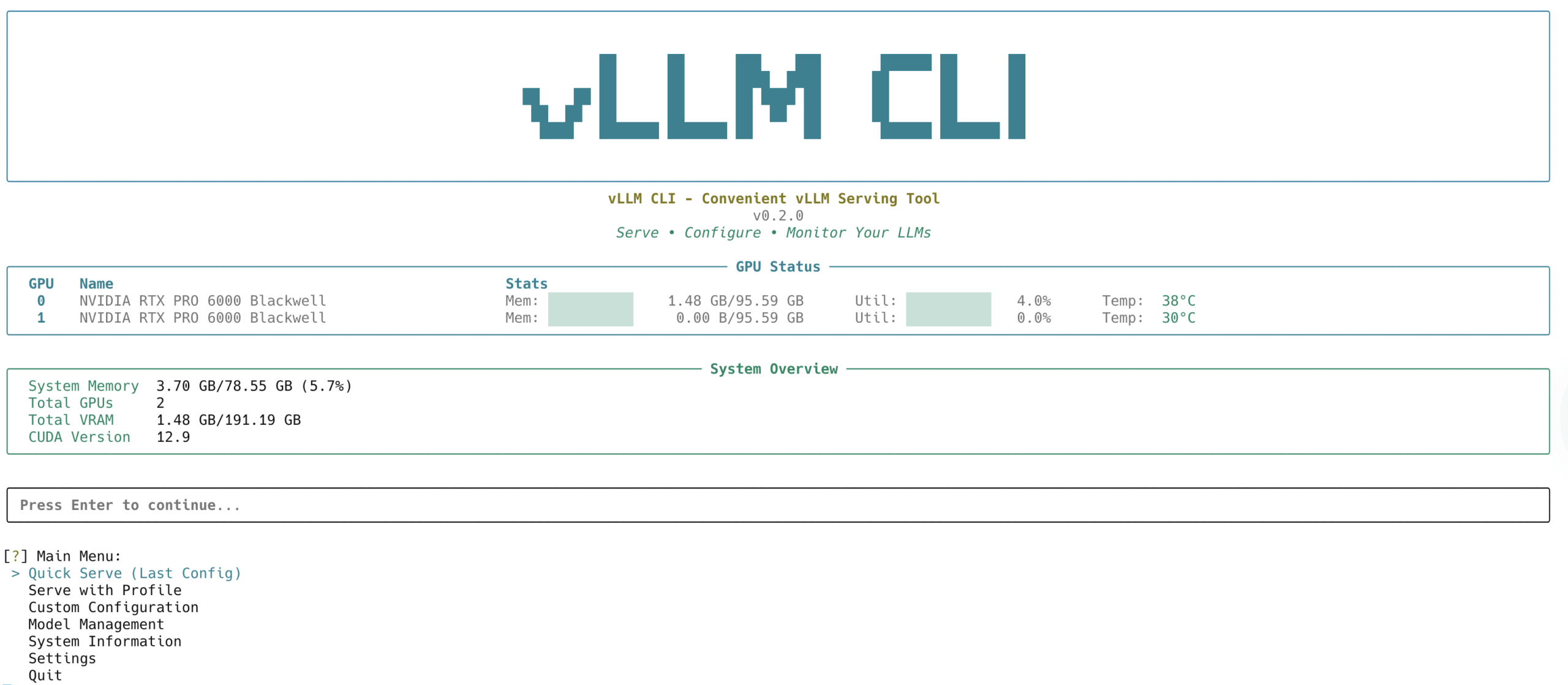Three Optimization Strategies for Lightweight Deployment
Low-configuration servers (e.g., 2-core 4G) need to be deployed with a focus on: resource consumption, startup speed, and stability.GPT-Load's optimization scheme is as follows:
- Streamlining mode: Use SQLite instead of MySQL (change DATABASE_DSN=sqlite://data.db), memory footprint reduced by 80%
- Component Cropping: comment out the Redis service in docker-compose.yml and use in-memory caching instead (note: clustering is not available)
- parameter tuning: Set .env's GOMAXPROCS=2 to limit the number of CPU cores, and adjust REQUEST_TIMEOUT=30s to prevent crashes.
Specific steps: 1) download only the necessary image: docker pull tbphp/gpt-load-core; 2) simplified startup command: docker compose up -scale worker=1; 3) monitor the resource usage by top command. The real test shows that the optimization can run stably on Raspberry Pi 4B, processing 100,000 requests per day.
This answer comes from the articleGPT-Load: High Performance Model Agent Pooling and Key Management ToolThe












